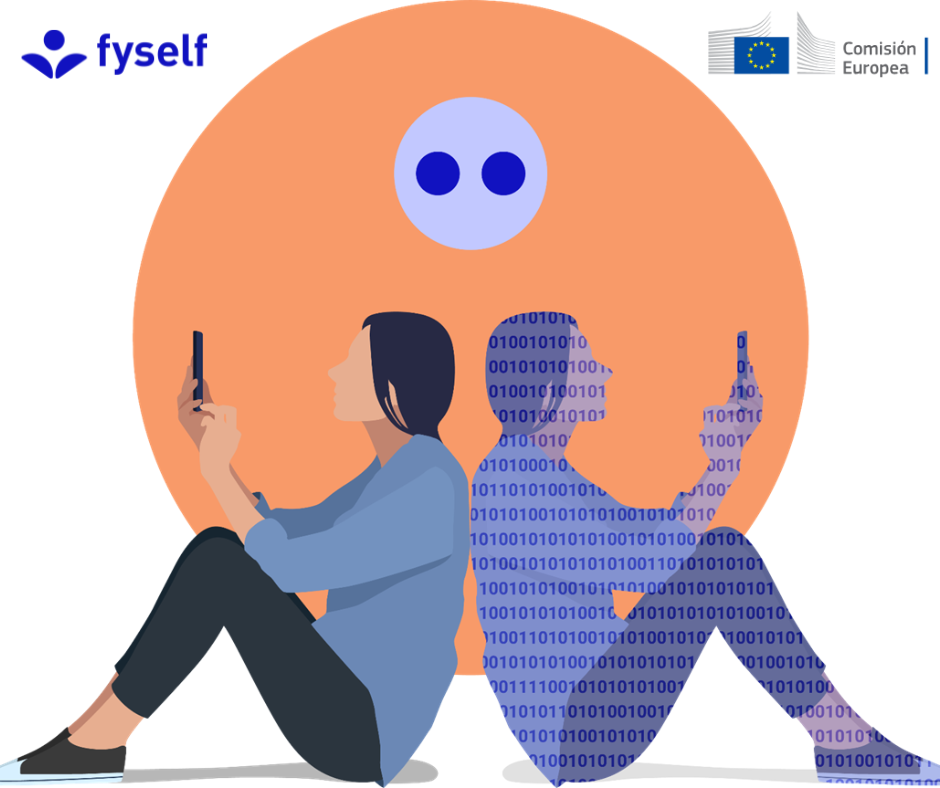Digital driver’s license: three experiences to learn from
One of the most commonly used documents to verify identity is the driver’s license. is no surprise for anyone the creation of its digital equivalent.
Also known as a digital or «mobile driver’s license», it’s a very important document that is starting to be used in different countries around the world.
Three countries to learn about the digital driver’s license
United States
In 2014, the state of Iowa pioneered the implementation of a digital driver’s license. The main aim was to replace the one printed on plastic. According to the Thales company, this started in late 2015. The pilot test was carried out on an IOS platform with 100 state employees.
After this first attempt, several states have opted for the implementation of this electronic document. However, digital driver’s licenses gather the same information as the printed document.
«Louisiana, in July 2018, became the first state to make digital licenses available, and many other states have developed that program, run a pilot, or are considering the possibility.»
Lalit Ahluwalia, managing director of consulting firm Accenture PLC in The Wall Street Journal
One of the most recent actions started in November of last year in Colorado. There, residents can access Colorado Digital ID, a new feature in the myColorado app.
Since the launch of the application in late October 2019, around 20,000 people have digitized their identification, says The Wall Street Journal.
The myColorado app also enables users to renew their driver’s license, as well as store vehicle registration and insurance information.
Argentina
In Latin America, Argentina is one of the most advanced in the implementation of the digital driver’s license. In 2019, the Ministry of Modernization and the National Road Safety Agency (ANSV) launched the MiArgentina application. This made carrying their driver’s licenses on the cell phone possible for citizens.
According to Disposition 39/2019 of the ANSV, this document is equal to its physical counterpart. Among its essential objectives to promote the ease of being able to carry the document and its validity to circulate within the country. Yet another important aspect is the optimization in the inspection of drivers.
In a short span of less than a year, 954,291 drivers downloaded the app. Of this number, 75.1% were men and 24.9% women. Those who access the service the most, are under 39 (50%) and there are 5% of users over 60, said Gastón Valdez, national director of the Driver’s License and Traffic Background department, to the newspaper, La nación.
Australia
Australia since 2017 has taken steps to implement the digital driver’s license system. In Dubbo, New South Wales, they started making the first tests. Meanwhile, South Australia became the first state to put these documents online through the Mysa GOV app.
More recently, the Thales company signed an agreement with the Queensland Department of Transportation and Main Roads (TMR). The local companies Code Heroes and Aliva also signed that agreement. The main objective was to design and implement the first digital license application in that state.
This brief overview shows that there are several countries where the digital driver’s license has been implemented. But digitization is not yet complete: although local authorities are committed to its use, still they always recommend keeping the plastic license.
The digital systems existing today for the identification of drivers are not on a sole worldwide application or platform, hence the need for a unique social identity network. What do you think?
Artículos relacionados


